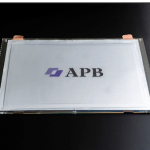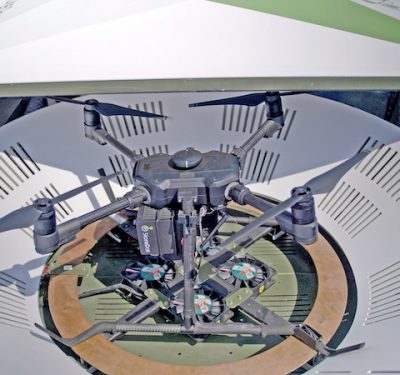
AeroVironment’s high-flying Sunglider®.
This past September, HAPSMobile®, a SoftBank subsidiary established in 2017, flew AeroVironment’s huge yet elegant Sunglider® solar vehicle into the stratosphere. There, Alphabet’s Loon provided a 15-hour LTE connection and enabled an air-to-ground videocall that could presage how these “flying cell towers” can offer communications to literally billions of people.
But even with a 262-foot solar panel-covered wing, battery efficiency has been an issue requiring continuous improvement—as it is for non-solar applications throughout UAS use.
A just-announced agreement to collaborate on developing a high energy density storage battery for this High Altitude Platform Station (HAPS) seeks to bring high reliability, high energy density and innovative manufacturing to the quest for longer-term solar service.

A laminated All Polymer Battery.
Developed jointly by ABP and the even-newer (2018) Sanyo Chemical Industries, the All Polymer Battery is billed as the first large-scale bipolar lithium-ion battery module. In this bipolar structure, the current flows through the cellular interfaces perpendicular to the electrode plane. The electrode material itself is wrapped with gel-like polymer containing an electrolytic solution. Furthermore, flexibility in sizes and shapes will allow for thicker electrodes and larger cells.
By moving to eliminate the wiring parts traditionally needed for high voltage, increasing the ratio of polymer in the components and adopting next-generation materials, the collaboration hopes to offer high energy density coupled with high reliability, and thus power the future
Photos courtesy of HAPSMobile.






